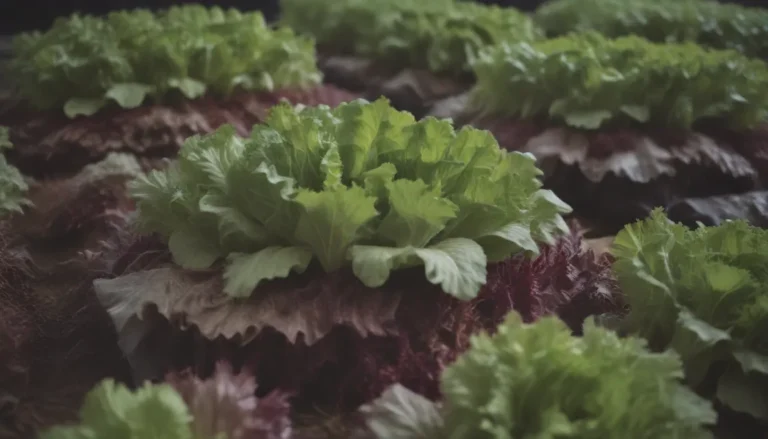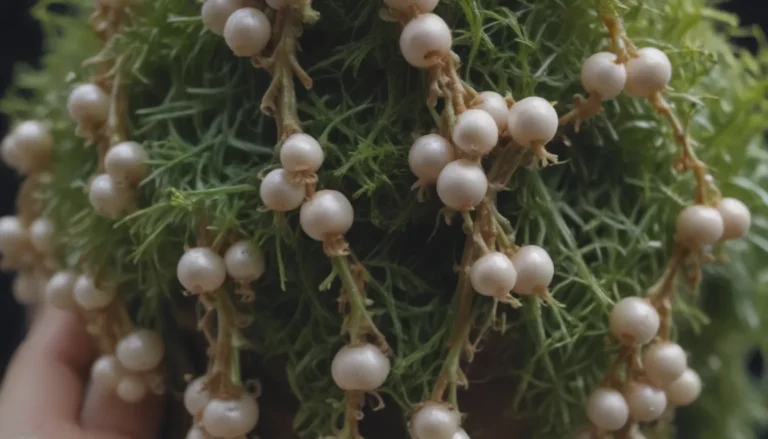Everything You Need to Know About Growing and Caring for San Marzano Tomato Plants

Are you looking to add a touch of Italy to your garden? Look no further than the San Marzano tomato plant. These iconic tomatoes, native to Italy, are well-known for their oblong shape, pointed ends, and delicious flavor. Sometimes referred to as “San Marzano sauce tomatoes,” they are fleshy with fewer seeds than other varieties, making them a popular choice among gardeners.
In this comprehensive guide, we will walk you through everything you need to know about growing and caring for San Marzano tomato plants. From planting to harvesting, we’ve got you covered. So grab your gardening gloves and let’s get started!
Planting Your San Marzano Tomato Plant
Whether you’re starting from a seed or buying a plant from a local garden center, here’s how to get your San Marzano tomato plant off to a great start:
-
Transplanting: When your San Marzano seedlings reach 6 to 12 inches tall, transplant them into a hole twice as wide and the same height as the plant. Make sure to bury at least two-thirds of the stem underground for stronger growth.
-
Support: San Marzano plants can grow quite large, so provide them with extra support by placing them near a wall, fence, stake, or strong cage. Opt for a tall and sturdy tomato cage to accommodate the plant’s height.
-
Light: San Marzano plants thrive in full sun, so plant them in a location that receives at least 6 to 8 hours of sunlight daily.
-
Soil: Create a rich soil mix for your San Marzano plants by combining organic matter with high-quality soil. Maintain a soil pH between 5.8 and 7 to ensure optimal growth.
-
Water: Keep your tomato plants consistently moist to promote healthy growth. Water them with compost tea or rainwater to provide essential nutrients.
-
Fertilizer: Use a low-nitrogen fertilizer to feed your San Marzano plants, focusing on the fruit-bearing areas. Apply the fertilizer in trenches at least 6 inches away from the plant’s stem to avoid leaf burn.
-
Temperature and Humidity: San Marzano tomatoes thrive in temperatures between 50 and 95 degrees Fahrenheit. Be mindful of the soil temperature, ensuring it stays above 60 degrees for optimal growth.
San Marzano Tomato Varieties
San Marzano tomato plants come in a variety of options, from heirloom varieties to hybrids. Here are some popular San Marzano tomato varieties to consider:
- **Heirloom ‘San Marzano’
- **’San Marzano 15 F1 Hybrid’
- **’San Marzano Lungo F1 Hybrid’
- **’San Marzano Gigante 3′
- **’San Marzano Scatalone’
- **’San Marzano Lampadina’
- **’Pink San Marzano’
- **’San Marzano Nano’
- **’Golden San Marzano’
Harvesting Your San Marzano Tomatoes
Once your San Marzano tomatoes reach maturity, typically around 78 to 85 days after transplanting, they are ready for harvest. Look for fruits that are big and have a slight green and yellowish tint. You can harvest them when they are ripe or allow them to continue ripening on the vine.
Growing San Marzano Tomatoes in Pots
If you’re short on garden space, you can still enjoy the benefits of growing San Marzano tomatoes by planting them in pots. Choose indeterminate varieties for larger pots and compact varieties for smaller containers. Ensure proper drainage to prevent waterlogging and promote healthy growth.
Pruning Your San Marzano Tomato Plant
To encourage optimal growth and fruit production, start pruning your San Marzano tomato plant when it reaches about 2 to 3 feet tall. Removing suckers will direct the plant’s energy to where it is most needed, leading to a more robust harvest.
Growing San Marzano Tomatoes from Seed
If you prefer to start from seed, follow these steps to grow San Marzano tomato plants from scratch:
-
Seed Starting: Choose a rich potting soil for seed sowing and water it slowly to achieve the right moisture level. Distribute the soil into seedling trays, sow one seed per cell, cover with a thin layer of soil, and maintain moisture levels for optimal germination.
-
Transplanting: Once your seedlings have developed true leaves, transplant them into individual pots, ensuring they receive adequate sunlight and moisture. Harden off the plants before moving them outdoors to acclimate them to their new environment.
Common Pests and Plant Diseases
While San Marzano tomatoes are relatively pest-resistant, keep an eye out for aphids and manage them using hot water or sticky strips. To prevent blossom end rot, a common disease caused by calcium deficiency, add crushed eggshells or lime to the soil.
In conclusion, growing and caring for San Marzano tomato plants can be a rewarding experience. By following the tips and guidelines provided in this article, you can enjoy a bountiful harvest of delicious tomatoes straight from your garden. So roll up your sleeves, get your hands dirty, and watch your San Marzano tomatoes thrive!





